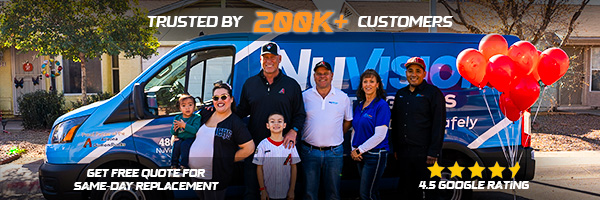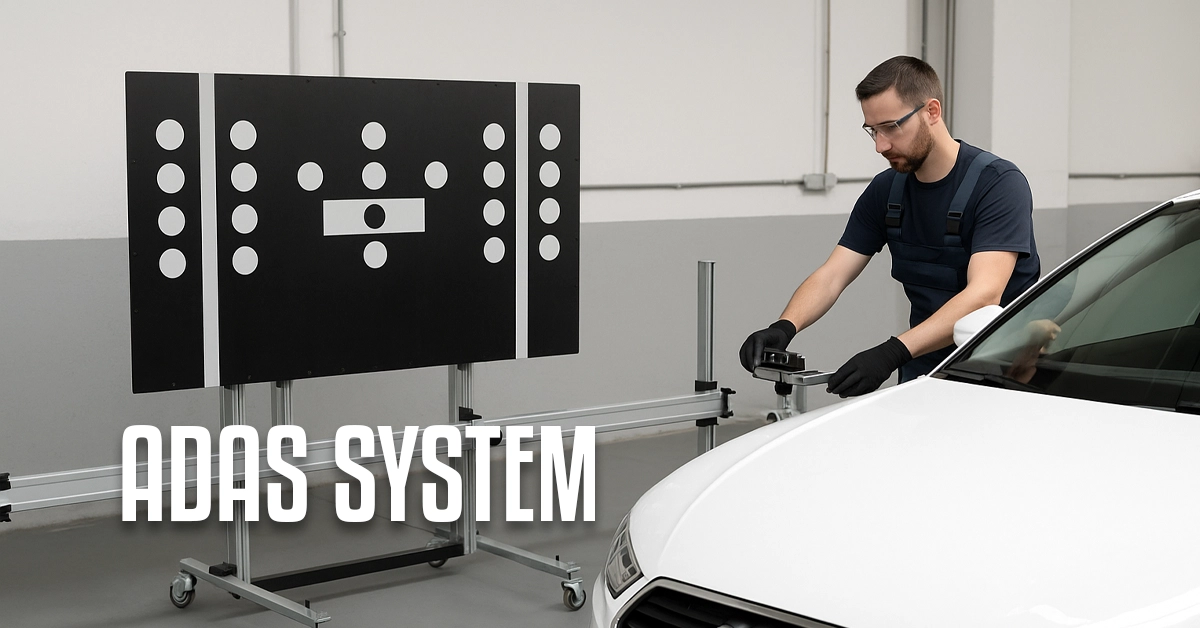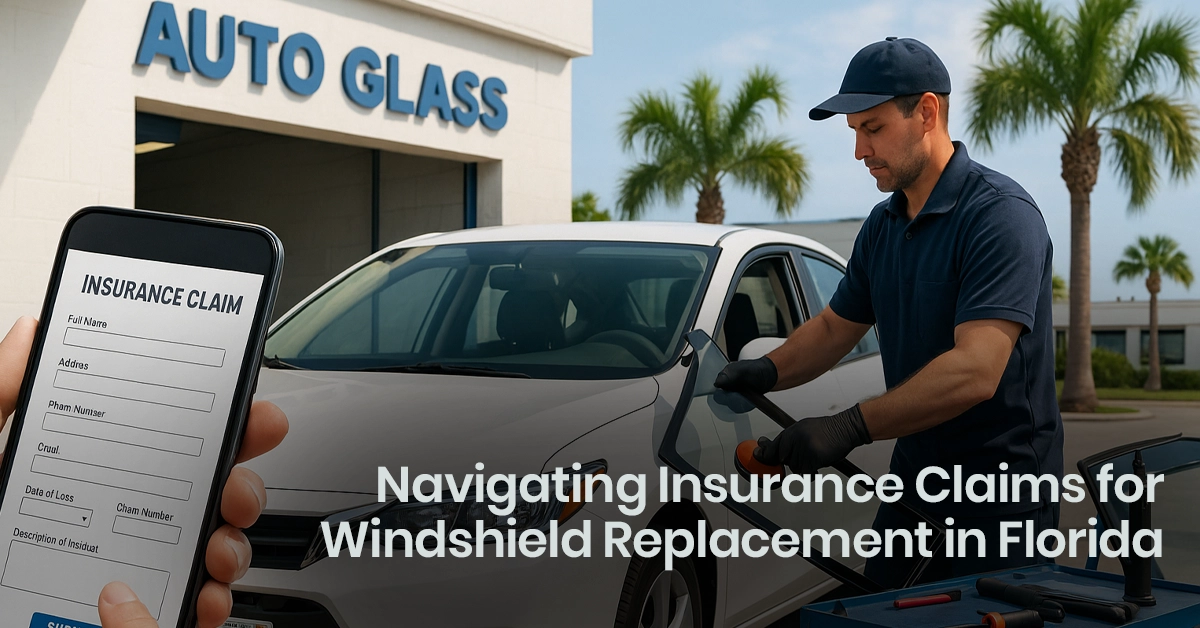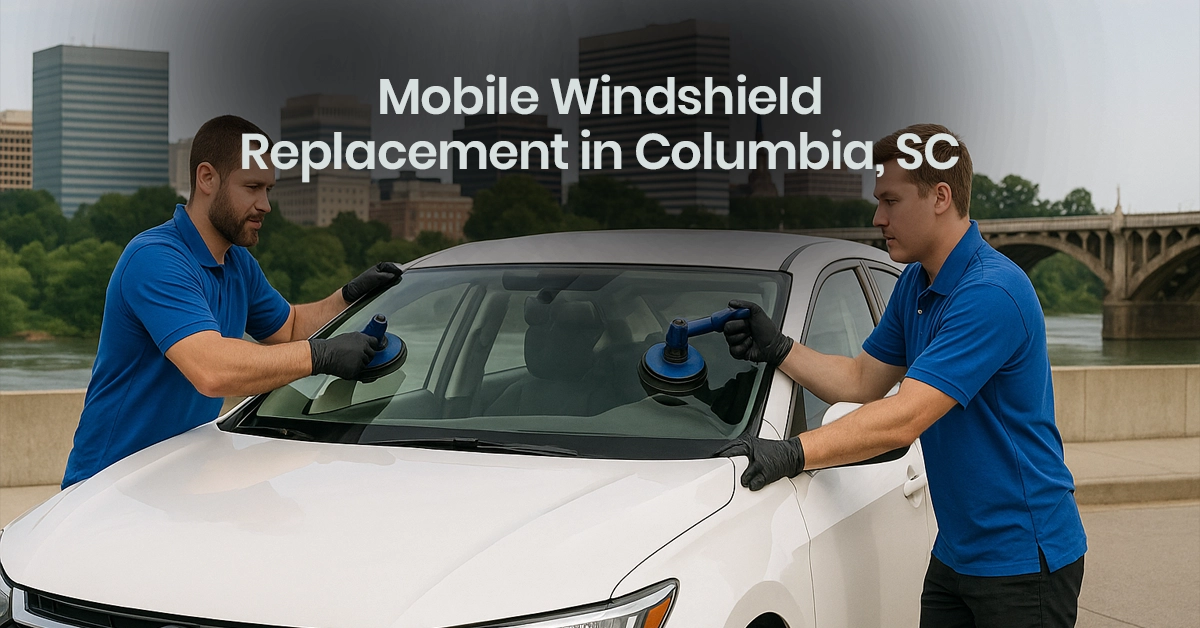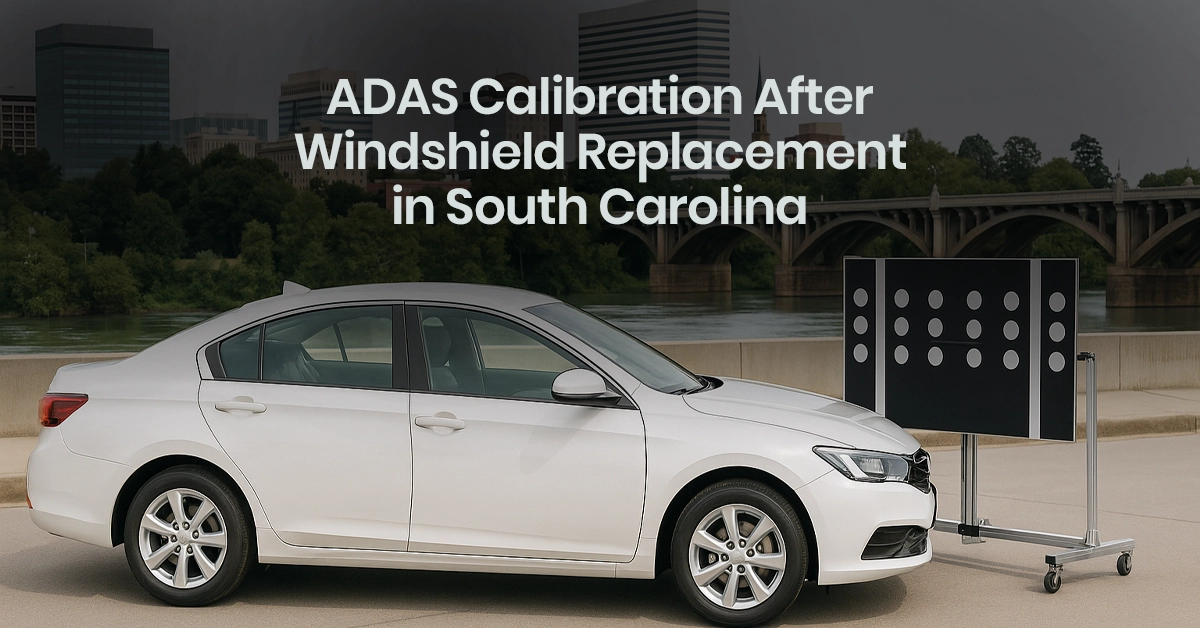ADAS Systems: The Complete Guide to Vehicle Safety Technology
Today’s vehicles are more sophisticated than ever before, with ADAS systems leading the charge in automotive safety innovation. Advanced driver assistance systems have revolutionized how we approach road safety, working tirelessly to prevent accidents and save lives across American roadways.
According to the National Highway Traffic Safety Administration (NHTSA), ADAS technologies could potentially prevent or mitigate the severity of up to 1.9 million crashes annually in the United States. That’s over 30% of all police-reported crashes as of 2022, demonstrating just how crucial these systems have become.
For the average driver, these intelligent systems serve as an extra set of eyes on the road. Whether you’re commuting through busy city streets or taking a cross-country road trip, ADAS features like automatic emergency braking and lane departure warnings are constantly monitoring your surroundings. They provide critical alerts and, in some cases, even take corrective actions to prevent collisions.
But here’s what many vehicle owners don’t realize: these sophisticated systems depend heavily on proper calibration, especially after windshield replacement or repairs. When your windshield houses cameras and sensors, even minor adjustments can throw off entire safety systems if not properly recalibrated by certified technicians.
Advanced Driver Assistance Systems Costs, Insurance & Regulations
Advanced driver assistance systems encompass a wide range of safety technologies designed to reduce human error, the leading cause of traffic accidents. These systems use a combination of cameras, radar, LIDAR, and ultrasonic sensors strategically placed throughout your vehicle to create a comprehensive safety network.
The cost of ADAS technology varies widely depending on vehicle make, model, and the specific systems installed. Entry-level ADAS packages typically start around $1,500, while premium packages on luxury vehicles can exceed $5,000. However, as these technologies become more mainstream, costs continue to decrease, making these life-saving features increasingly accessible to the average consumer.
Insurance companies have taken notice of ADAS benefits, with many now offering discounts ranging from 5-15% for vehicles equipped with these safety features. According to the Insurance Institute for Highway Safety (IIHS), vehicles with forward collision warning and automatic emergency braking systems show a 50% reduction in rear-end crashes. This translates to fewer claims and lower premiums for safety-conscious drivers.
From a regulatory standpoint, the U.S. Department of Transportation has been actively promoting ADAS adoption. While not all systems are currently mandatory, certain features like backup cameras have been required in all new vehicles since May 2018. Industry experts anticipate additional mandates in the coming years as the government continues to prioritize vehicle safety standards through initiatives like FMVSS 205 compliance.
When dealing with windshield replacement on ADAS-equipped vehicles, it’s essential to understand that proper recalibration isn’t just recommended – it’s often legally required to maintain vehicle safety compliance. Using DOT-approved glass and following manufacturer-specific calibration procedures ensures your vehicle’s safety systems function as designed.
Types of ADAS Systems
Various types of ADAS systems offer different safety advantages, each addressing specific driving scenarios. Let’s examine how these modern technologies compare to traditional safety measures:
Collision Avoidance Systems
These proactive systems use forward-facing cameras and radar to detect potential front-end collisions:
- Pros: Can reduce front-to-rear crashes by up to 50%; works in various weather conditions; provides escalating alerts
- Cons: More expensive than traditional solutions; requires professional calibration; can be overly sensitive in dense traffic
Traditional Solution Comparison: Unlike conventional seat belts and airbags that merely mitigate injury during a crash, collision avoidance systems work to prevent accidents entirely.
Lane Keeping Assistance
This technology helps prevent unintentional lane departures:
- Pros: Reduces drift-related accidents; combats driver fatigue; provides haptic feedback
- Cons: May struggle with poorly marked roads; requires clear visibility; depends on proper camera alignment
Traditional Solution Comparison: Far more effective than rumble strips or road markers alone, as the system actively assists with steering corrections rather than simply alerting the driver.
Adaptive Cruise Control
This intelligent system maintains safe following distances automatically:
- Pros: Reduces driver fatigue on long trips; maintains consistent spacing regardless of traffic flow; integrates with other safety systems
- Cons: Premium feature with higher cost; requires periodic calibration; performance varies by manufacturer
Traditional Solution Comparison: Traditional cruise control maintains a set speed regardless of traffic conditions, while adaptive systems dynamically respond to surrounding vehicles.
Blind Spot Detection
Uses radar or cameras to monitor areas not visible in mirrors:
- Pros: Eliminates dangerous blind spots; provides visual and audible alerts; particularly valuable for larger vehicles
- Cons: Sensors can be damaged in minor collisions; effectiveness reduced in extreme weather; requires specific calibration after glass replacement
Traditional Solution Comparison: Significantly more reliable than blind-spot mirrors, offering active monitoring rather than passive visibility.
When considering OEM vs. OEE components for these systems, remember that original equipment manufacturer parts typically offer the most reliable performance, though at a higher price point. Aftermarket alternatives have improved substantially but may require additional calibration adjustments to achieve optimal functionality.
Step-by-Step Process for ADAS Calibration After Windshield Service
Proper calibration is critical when replacing or repairing windshields on vehicles equipped with ADAS systems. Here’s the process our certified technicians follow:
- Pre-Calibration Assessment
- Verify vehicle make, model, and year
- Identify all ADAS components affected
- Check for existing system errors or damage
- Ensure proper windshield installation
- Environment Preparation
- Select appropriate indoor facility with controlled lighting
- Ensure level surface meeting manufacturer specifications
- Clear adequate space (typically 25-30 feet in front of vehicle)
- Remove potential radar/camera interferences
- Equipment Setup
- Position calibration targets at precise manufacturer-specified distances
- Connect diagnostic computer to vehicle’s OBD port
- Load vehicle-specific calibration software
- Verify proper tool functionality
- Static Calibration Process
- Initialize calibration sequence through vehicle computer
- Ensure proper vehicle preparation (fuel level, tire pressure)
- Monitor progress through each calibration phase
- Verify successful completion through system indicators
- Dynamic Calibration (if required)
- Prepare vehicle for road test
- Perform calibration drive following specific speed and road requirements
- Monitor system learning process via diagnostic equipment
- Verify successful completion
- Verification and Documentation
- Perform comprehensive system testing
- Clear all error codes
- Document all completed procedures
- Provide customer with calibration certificate
- Customer Education
- Explain completed procedures
- Review system limitations and functionality
- Address any customer questions
- Schedule follow-up if necessary
- Quality Assurance
- Final system check before vehicle release
- Test drive confirmation when applicable
- Document all work in vehicle service history
- Update customer warranty information
Following this meticulous process ensures your vehicle’s laminated glass replacement maintains all safety standards while properly supporting critical ADAS functionality.
Conclusion
ADAS systems represent a significant leap forward in vehicle safety technology, potentially preventing thousands of accidents annually across American roadways. As these systems become increasingly standard in new vehicles, understanding their importance and proper maintenance becomes essential for every driver.
When your ADAS-equipped vehicle needs windshield service, the calibration process is just as important as the glass replacement itself. With over 20 years of experience and more than 50,000 successful installations nationwide, our AGSC-certified technicians deliver expert service that ensures both your windshield and safety systems meet the highest standards.
Don’t compromise on safety – contact our team today for comprehensive windshield replacement with proper ADAS calibration. Our mobile service brings professional glass solutions directly to your location, and we work with all major insurance providers to simplify your claim process. Schedule your appointment online or call us at [phone number] to speak with our knowledgeable staff about your specific vehicle needs.
Remember, proper ADAS calibration isn’t just about avoiding system malfunctions – it’s about protecting what matters most on every journey you take.
Learn more about our windshield calibration services or explore how we can help with insurance claims for your auto glass needs.
FAQs on ADAS Systems
What exactly are ADAS systems?
ADAS systems (Advanced Driver Assistance Systems) are electronic technologies that assist drivers in the driving process. They use sensors and cameras to detect obstacles, lane markings, and traffic conditions, providing warnings or taking automated actions to prevent accidents. Common examples include automatic emergency braking, lane departure warnings, and adaptive cruise control.
How do I know if my vehicle has ADAS technology?
Most vehicles manufactured after 2018 include some form of ADAS technology. Check your owner’s manual for specific features or look for indicators like cameras behind your windshield, radar emblems on your grille, or sensor arrays in your bumpers. You can also consult your vehicle identification number (VIN) with a dealership to confirm equipped systems.
Does my insurance cover ADAS calibration after windshield replacement?
Many insurance policies cover ADAS calibration as part of comprehensive glass coverage, especially when using an approved service provider. However, coverage varies by insurer and policy. Some companies may require a separate deductible for calibration services. We recommend contacting your insurance provider before service to verify coverage details.
How long does ADAS calibration take after windshield replacement?
The calibration process typically takes 1-3 hours, depending on your vehicle make, model, and the types of ADAS systems installed. Some vehicles require both static (in-shop) and dynamic (road test) calibrations, which can extend the service time. We recommend scheduling a full day without your vehicle to ensure thorough calibration.
Can I drive my car before getting ADAS calibration done?
While technically possible, driving before proper calibration is not recommended. Uncalibrated ADAS systems may provide false alerts or fail to function correctly in emergency situations. If absolutely necessary, drive with extreme caution and avoid relying on any driver assistance features until professional calibration is completed.
How much does ADAS calibration cost?
Calibration costs typically range from $250-$600 depending on vehicle make, model, and the specific types of ADAS systems requiring calibration. While this may seem significant, it represents a critical safety investment. Many insurance policies cover this cost as part of comprehensive glass coverage, potentially reducing out-of-pocket expenses.
How often do ADAS systems need recalibration?
ADAS systems require recalibration after windshield replacement, certain collisions (even minor ones), suspension work, wheel alignment, or any service that affects camera or sensor positioning. Some manufacturers also recommend periodic calibration checks as part of regular maintenance, typically every 10,000-15,000 miles.
Can any auto glass shop perform proper ADAS calibration?
No. Proper ADAS calibration requires specialized equipment, manufacturer-specific software, trained technicians, and appropriate facilities. Always choose service providers certified by organizations like the Auto Glass Safety Council (AGSC) or National Glass Association (NGA) who maintain current training on vehicle-specific calibration procedures.
